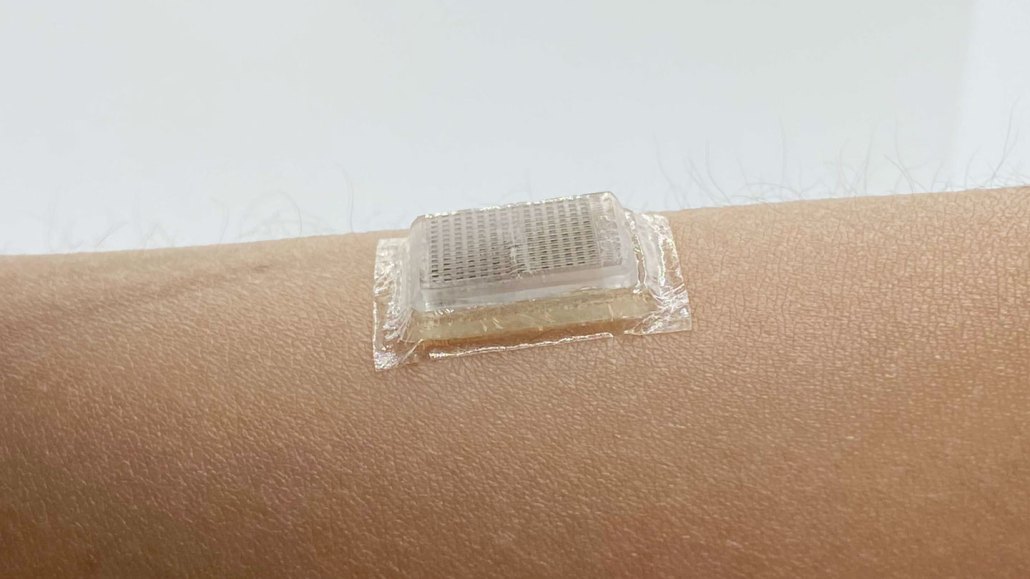This stick-on ultrasound patch could let you watch your own heart beat
The technology is a big step forward in personalized medicine

When stuck to skin, a new ultrasound patch (pictured) can reveal blood flow and changes in the underlying tissue.
C. Wang et al/Science 2022







